
Brian's Run Pod
Welcome to Brian's Run Pod, the podcast where we lace up our running shoes and explore the exhilarating world of running. Whether you're a seasoned marathoner, a casual jogger, or just thinking about taking your first stride, this podcast is your ultimate companion on your running journey.
Join us as we dive deep into the sport of running, covering everything from training tips and race strategies to personal stories and inspiring interviews with runners from all walks of life. Whether you're looking to improve your race times, stay motivated, or simply enjoy the therapeutic rhythm of running, Brian's Run Pod has something for every runner.
Brian's Run Pod
Unlocking Your Running Potential Through PNF Stretching
Vanessa and Beverly from Stretch Life explain how assisted stretching through Proprioceptive Neuromuscular Facilitation (PNF) can prevent common running injuries and improve performance. They share insights on why proper stretching techniques are crucial for both physical recovery and mental wellbeing.
• Runners get injured due to increased tension in muscle groups that restricts movement and alters running mechanics
• Poor body alignment awareness causes many runners to develop compensation patterns that lead to injury
• PNF stretching both increases flexibility and engages muscles during resistance, improving balance and functional mobility
• Unlike static stretching, PNF reduces cortisol levels and calms the nervous system, creating an emotional release for many clients
• Home stretching cannot replicate professional PNF techniques and may cause micro-tears that lead to increased tightness
• Static stretching should be done post-workout, while dynamic mobility exercises are better for warm-ups
• Stretch Life offers specialized stretching sequences specifically designed for runners' bodies and common problem areas
• Regular professional stretching supports long-term mobility and helps maintain functional movement into older age
If you're interested in trying PNF stretching, check out Stretch Life for their runner-specific stretching packages to prevent injuries and improve your performance.
Stretch Life Website
Brian's Run Pod has become interactive with the audience. If you look at the top of the Episode description tap on "Send us a Text Message". You can tell me what you think of the episode or alternatively what you would like covered. If your lucky I might even read them out on the podcast.
Instagram
So you're thinking about running but not sure how to take the first step. My name is Brian Patterson and I'm here to help Welcome brian's rom pod and I'm your host, brian patterson. In this episode we continue a discussion with vanessa and beverly from stretch life. Again, apologies if the sound is not great, but for some reason our connection was not great. Anyhow, I think I've managed to salvage a great discussion about how assisted stretching is beneficial to runners.
Speaker 1:I started this week's episode by asking them why it is that runners get injured. I really do hope you enjoy my chat and if you haven't listened to the first part, then please do go back to the previous week in my catalogue. So, without further ado, then let's get into it. I mean, can I ask both of you, just going back to, I mean, let's say, people who are regular runners because this is a running podcast or even people who do regular exercise? Why is it predominantly that? I know it's difficult to pinpoint why is it they get? They get injured. Is it because they're not warming up properly? Or, you know, sometimes it could be the wrong shoes or um something yeah, I mean it can be from a number of things.
Speaker 2:Footwear is a big one, yes, warming up or completing the right warm-up, because sometimes runners may do more of a static stretch for their warm-up when actually that's likely to cause more of an injury. But then it's also the more, um, kind of mileage that you do with running. You're going to increase tension into different muscle groups and then that adds on pressure with other areas, so then it can reduce your stride length, it can reduce your ankle range of movement as well, so then that can lead to having shin pain. It can lead to having pain on the outside of your hip. Um, it can lead to like tendinopathy, so inflamed tendons, so where, because the muscle's quite tight, it's pulling on the area. So then that can add on to injuries and because if someone's got pain as well and because of the tension, they may change the way that they run as well, and then that leads to even more tension through those areas.
Speaker 1:Yeah, I mean, do you agree with Vanessa? Is that why maybe sometimes you know people who get injured in the first place and then they come into you? I mean, is it you know they've been doing the same thing for so many years, or something like that?
Speaker 3:yeah, it is that, and I think you know style as well. I think there's quite a lot of people who aren't as aware of their bodies and how it moves and the positions they put it in and the style of, even just kind of, the way they walk with it, just not as aware of their own alignment and if that makes sense, and that's kind of the thing that I've learned over the years and had to learn because my alignment was so off with the joint problems yeah but you know, we often get people coming and going oh, I've got one leg shorter than the other.
Speaker 3:Now that's an extremely rare thing, that's. You know, you're typically born with something like that. It's not normally a thing, but it might be because you have tension in a particular in your hair, but like there's something that is holding and it feels. It's actually how you correct that alignment. But if you don't correct that side of things or be even just become aware of it, you know someone will have their foot completely turned out to one side or turned in, and then they'll start running like that and then, of course, your body just tries to compensate yeah for it and then that continuous pattern leads to injury.
Speaker 1:Can lead to injury as well.
Speaker 1:So there's there's some of that going on as well yeah, and I'm suppose, um you, I mean, like you said, I mean with quite an intense 50 minute session. If they're doing a couple of sessions, I'm sure even after you know if they're doing two in a month, whatever do you do you get quite a few of your clients who said you know, I wake up in the morning and I don't ache, or when I walk to work I'm not feeling it in, you know whatever in my, my shins or or whatever yeah, I mean, my favorite is a.
Speaker 3:Recently a guy um was that every time I got out of bed I used to kind of get oof um like getting out of bed, and then I suddenly realized has she need to do that anymore?
Speaker 3:yeah, it doesn't hurt, like there's kind of there's absolutely no need to make that noise it. It's no longer hurting me to do that, and there's that kind of nice thing as well that it's a realization that everything is a bit easier, things are a bit lighter in the body and your body can tolerate a lot more as well, and so that kind of sitting at your desk for hours on end doesn't hurt in the same way and you don't tighten up as quickly I mean something I've become quite acutely aware of because my father was in a in a home, but something you see every day is being able to be functional, being able to very be steady on your feet.
Speaker 1:You know, because as we get older we don't have that stability. I don't know, maybe beverly you can chime in on here is is how you know the benefits of, let's say, something like pnf stretching. Um, well, I mean, I was reading, just looking online, seeing how not only is it good pnf is good for stretching, but also is good for strength, and how you know, just from a functional point of view it it can benefit anyone yeah.
Speaker 2:So especially when you, when you contract the muscle, you're so you're, you're using that muscle, you're working that muscle group and you're working large muscle groups which help with things like balance, which help with mobility as well. So as well as getting that flexibility element of it, you're getting a strength element because you're resisting against the therapist. So then it's kind of triggering the muscle to work harder.
Speaker 1:Yeah, yeah, and would you agree with that, vanessa?
Speaker 3:Yeah, definitely. I mean, I think it is so important, like for me, like as I age as well. You do think about that. You think about your mobility of longevity, for sure that, um, you know, if you don't have freedom of movement and as you age, you lose things like social ability because you're kind of stuck in a chair and you can't get out, so you lose a lot of the other foundations of health that you can have through not being able to move freely. So, thinking about how you actually look after that and think about it as functional movement, not just now, but it's about what you're going to want to be able to do in 10 years time, 20 years time, 30 years time yes, you have to start looking after it now.
Speaker 3:And it's worth doing now and it's worth doing regularly because it's about long-term preventative healthcare, doing regularly because it's about long-term preventative health care. There's absolutely no reason why you need to be yeah in your. You know 70s, 80s, 90s and have that limited range of motion if you start to look after it.
Speaker 3:Our oldest client is in his 80s wow, okay, you know he comes to us on a regular basis and is fantastic mobility now, um, on that of things, and he has a 90-year-old brother that sits in a chair and can't get out. He looks at him and he doesn't want to be like that and he's made a conscious decision to be more active and that he comes to us and we keep him functional for the long term.
Speaker 1:Yeah, and I think that, and I'm sure you both will agree, that being functionally able to do things and doing regular exercise, be it running or dancing, whatever then you know that has a multitude of benefits mentally. So 100, yeah, I know, and I'm sure you know, I'm sure you get people who are probably coming in saying who've got the aches and pains or can't get out of the, you know, or when they walk to work or when they get out of bed in the morning they ache and you know it can affect them mentally or they can't do the exercise that they want to do.
Speaker 3:It can work the other way around as well, that actually mental health challenges can manifest itself as pain in the body too. And we see that relatively frequently in the studio as well, where the body tenses up and becomes tight, not through any kind of physical limitation apart from their sort of mental health side of things. And that's also where PNF comes into play, because it does take the nervous system down several notches through the process. That reduces the cortisol levels, and so it lowers your stress level, it reduces internal inflammation yeah and everything just calms down and people do feel quite a release.
Speaker 3:It's not unknown to have people feel a bit emotional after a stretch as well.
Speaker 2:In a kind of release way.
Speaker 3:So yeah, that happens reasonably frequently, actually more so than. I would think, yeah and yeah, people do feel that release with it as well and it helps them kind of feel mentally better as well as physically better.
Speaker 1:So you get tears.
Speaker 3:We do get tears now and again, yeah, of joy, I think.
Speaker 1:Tears of joy? Okay, good. No, yeah, not tears of pain? Yes, exactly.
Speaker 3:Not tears of pain.
Speaker 1:Now the other thing is that is this a misconception that you can't really do PNF at home without? I mean, obviously you you know they've come to people have come to you and you've kind of shown them through a range of movements. I mean obviously you can say to people now you can go away and you can do. You know this is your homework or whatever. What can they do? I mean this is to both of you to help simulate PNF stretching when they're at home on their own.
Speaker 2:It's difficult to simulate. So what we tend to do is give clients like take-home stretches, depending on areas that have been kind of a little bit tighter that we've noticed during the stretch. But then, because we've been able to get them further into their mobility, they should find that they're able to get deeper into a static stretch anyway. So it's kind of maintaining what we've kind of progressed during a session but they wouldn't be able to do pnf themselves. It would just be kind of maintaining the openness that we've achieved during the session.
Speaker 1:Right, okay, all right.
Speaker 3:Also, brian. Most people don't do take home things. If they did, they'd probably be in a better, but the reality is a lot of people intend to do them, but most people don't. Right. You know life gets in the way, stretching is a bit boring. Right, you know, life gets in the way, stretching is a bit boring.
Speaker 1:Yeah.
Speaker 3:To do, and there's always something. Or if they do do the stretches, they do them while they're doing other things, so they don't put as much attention into it as maybe you would if you were doing a workout or something else, and that also can sometimes mean that they're not done particularly well. Yeah, and that also can sometimes mean that they're not done particularly well, yeah. So that is, um, somewhat of a challenge really. But again, if, if people are kind of more honest with themselves, it's like then then not going to do it in between sessions, then just come more often, we'll do it for you and you'll feel better after that.
Speaker 3:But you know, it's kind of getting to think about, you know, normalising. I've got a stretch therapist, in the same way as you'd say well, you know, I have a dentist, I've got a hairdresser, I've got a personal trainer or whatever it is, someone who does my nails, whatever it might be, it's not laziness, it's just a smart delegation and it's a trust so it's that person knows your body yeah, so basically, um, so what you're saying is that it it is quite an intense stretch session which is predominantly, you know, like you said.
Speaker 1:It's like you know, going to the dentist and having teeth seen too, but you know you're you, it's something that was help, you know last, let's say, a couple of weeks, or for you to do rehab, get over you know, an injury, or something like that, rather than you know it's something that you would, let's say, oh right, I've done one session, now I'll go away and see if I can simulate you know the exercises I've done against the wall, or get my wife or my partner to do it, help me do it, or something like that.
Speaker 3:Yeah, I think it is difficult to do. It's incredibly difficult to do without any medical training. We do train the therapist to high standard and if you do it wrong then you could go beyond that stretch reflex and you push too far. If you're not trained to know how to do that properly and part of the problem will be that you will you might feel like you get into a deep stretch, but what happens is your muscles start to tear, you create lots of micro tears and then what happens is your body tries to compensate and then it's just trying to fix those tears and repel and then you get tighter. So you've actually negated all the benefit of that stretch.
Speaker 3:And that's what can happen in other forms of assisted stretching or static or dynamic stretching, where you're being pushed. You might feel like, oh great, I've got a good stretch here. But then you get on the bus to go home and you feel a bit sore and the next day you're being pushed. You might feel like, oh great, I've got a good stretch here. But then you get on the bus to go home and you feel a bit sore and the next day you're even worse, like you've had a big workout. That's a big red flag and a kind of warning sign that actually you've probably gone too far and you're going to tighten up rather than stay open, which is why PNF really is that superior level of stretching, because that doesn't happen, and so you do have to be careful with not going too far with the at-home stretches as well, which we always give advice on and show people how to do it, and it's just not that many people do their homework oh, so to beverly, is it?
Speaker 1:the static stretching is more a post workout. I mean, I always hear that it is much more of a post workout.
Speaker 2:Uh, exercise yeah kind of simulating some of the movements that you're going to be doing for that workout as well, um, kind of warming up, the kind of the major muscle groups. Your warm-up should really be kind of increasing your core body temperature. So doing a static stretch isn't going to do that, so it doesn't prepare the muscle properly to actually do your for your workout. But then, but also, if you, if you do a static stretch before your workout, you lengthen the muscle and then you're just going to shorten the muscle again when you do your workout anyway. So you're better off doing dynamic mobility, um exercises, movements, to do your workout or your run, and then you'll do static stretches where you're lifting the muscle. Then you're getting the benefits from the stretch itself yeah, okay so.
Speaker 1:So that's not to do it. You know pre-workout, because obviously you're going to be shortening it when you're when you're running exactly.
Speaker 2:It's best sort of yeah, and the static stretches can sometimes cause injuries as well, because you can overstretch before you do a workout.
Speaker 1:Just moving on, is that a clinic just going to be? Do you just focus on PNF, vanessa, or are you looking to move into other areas?
Speaker 3:No, we just focus on PNF. So we do one thing, we do it extremely well.
Speaker 1:Yeah.
Speaker 3:We're the experts in that area and you know that's kind of our specialism and that's kind of our specialism, so we don't add anything. On top of that there's assisted PNF. Assisted stretching is what we do.
Speaker 1:Right, okay, and at the moment you feel that you've got quite a good market there from where you are and you're getting people from all of walks of life coming through the door, not just people who do regular exercise and running and that kind of thing.
Speaker 3:Yeah, we get, we get the whole remit. People, typically kind of professionals who are sitting at a desk for long periods feeling that tension and tightness in areas, and so that's one big kind of group. We get the fitness and people. We have a special pack for runners and a special stretch um sequence that we use for runners in particular, which is super targeted yeah for runners, bodies, all of the key areas that tend to get injured and need more of that stretch as well.
Speaker 3:So that does attract a lot of people that are runners, yeah, and in particular, people that are training for various different fitness competitions and things. Lots of high rocks, powerlifting, you know those types of things as well sort of works.
Speaker 3:If they think about the foundational kind of mobility as part of that training, yeah as well, it really helps for that and stops the injury and helps them perform better. And then, as I said, you know, right up to people who have. You know, we have some people who come in with more serious neurological conditions, so things like parkinson's and ms oh right, okay, and so it's really effective for people with those conditions and so several people come in for that and for, you know, real relief through the pnf in that side, right up to our clients in the kind of 70s and 80s who are wanting that kind of long term.
Speaker 3:They want to protect their health span yeah and it's a way of doing it do you?
Speaker 1:I mean, this is a question to both of you is that? Do you think, like um particular companies like yourselves, who specialize in a particular aspect of fitness? How has it changed over the last I don't know 10, 15, 15 years? Is that it's become much more of an open market? Like you know, you get Pilates studios opening up stretchology, you're doing PNF or you know it's not. Maybe in the past you'd been focused in just the gym. Do you think that's? You know people have more, have been more looking for people who are sort of more specialist in their particular field.
Speaker 3:I think there probably is more of a trend to that that you think more holistically about your overall well-being and kind of take the pieces that you need to put it together. Having said that, though, there's a lot of fads and trends that come and go in that and things that kind of ride a bit of a journey of what's happening in the world, in the market at that point, and you see lots of things come and go.
Speaker 3:It's like kind of stepfaces in the 80s and 90s and you know those things kind of they go and 90s and you know those things kind of yeah, um, they go and, and I think that's why we wanted to focus on pnf because it's been around since the 40s and it's a clinically proven way.
Speaker 3:Yeah, we'd never do anything that was fatty or trendy or gonna come and go. It had to be grounded in scientific principles and having personal experience of it working. That's, I think, more important, and I think that talks to a lot of people as well. That it's, you know they want something that they know is proven work and they can trust as being part of that kind of whole wellness journey. I'm sure beverly's seen a lot more yeah over the years as well in her area, but yeah, really, and I think it's.
Speaker 2:It's more accessible now because even within physiotherapy practice would still do some pnf stretching. But it may just be two, three minutes that you'll do at the end of a session because you know someone's coming in. They've paid for a half hour session. Most of the time they just want some soft tissue work. They don't really want to do too much. But the fact that you're able to do a full session just on pnf and stretching and you're seeing the benefits immediately, um, it's just going to take it so much further right before I end the podcast.
Speaker 1:Both of you have been brilliant, although I know we have had a few sort of technical issues or whatever, and we'll, we'll persevere. I mean, I'll still still publish it. Publish it, um, but do each of you have a sporting icon?
Speaker 2:for me it's probably a couple of sporting icons from um now showing my age being a sprinter. Okay, christine was my um icon.
Speaker 2:I actually got to meet him a couple of times as well oh yeah, I saw him once yeah, so yeah, it's definitely someone that I looked up to in um, kind of in an athletics context, um, but then also just with just general sport. I guess it was Ian Wright, just looking at kind of how he was on and off the field as well and how he was very much about community and trying to bring everyone together. Yeah, totally why.
Speaker 1:I loved listening to his Desert Island Discs. Have you ever listened to that? I think that brilliant. Yeah, she's in tears most of the time. What about you, vanessa?
Speaker 3:um, I'm not a massive sports person, but you could be more of a dancer than that stuff. But my son is a gymnast all right. So I would say, when it's a lot of chat about, it was about as well from the, uh, yeah, gymnast side of things as well. So, yeah, I do love watching the gymnastics.
Speaker 1:Yeah Well, I mean, we've done very well in the last I don't know two or three Olympics in terms of the gymnastics side, and it is absolutely mind boggling as to what they can do with their bodies. So it's just amazing.
Speaker 3:Exactly, yeah, I love watching that and uh, yeah, I think what they can do yeah, great.
Speaker 1:I'd like to say thank you very much for coming on the podcast. I hope you can just sort of stick around a little bit for our afterwards um when I end the podcast. But, um, I know we had a few issues um, but you know, hopefully we can get something sorted out, and I was really, um really excited that you agreed, because I know it's a subject that, um, I really wanted to uh tackle and find out a little bit more about it from sort of professionals, and I think you've kind of given our audience a little bit of an idea as to what pNF stretching is about, how it can benefit them, and you know, obviously, in terms of rehab and performance, there's loads of benefits. I'm sure you agree that.
Speaker 3:I hope you enjoyed being on the podcast, thanks.
Speaker 1:Thank you. Thank you very much, thanks for coming.
Speaker 3:Thanks, thanks for asking us.
Podcasts we love
Check out these other fine podcasts recommended by us, not an algorithm.
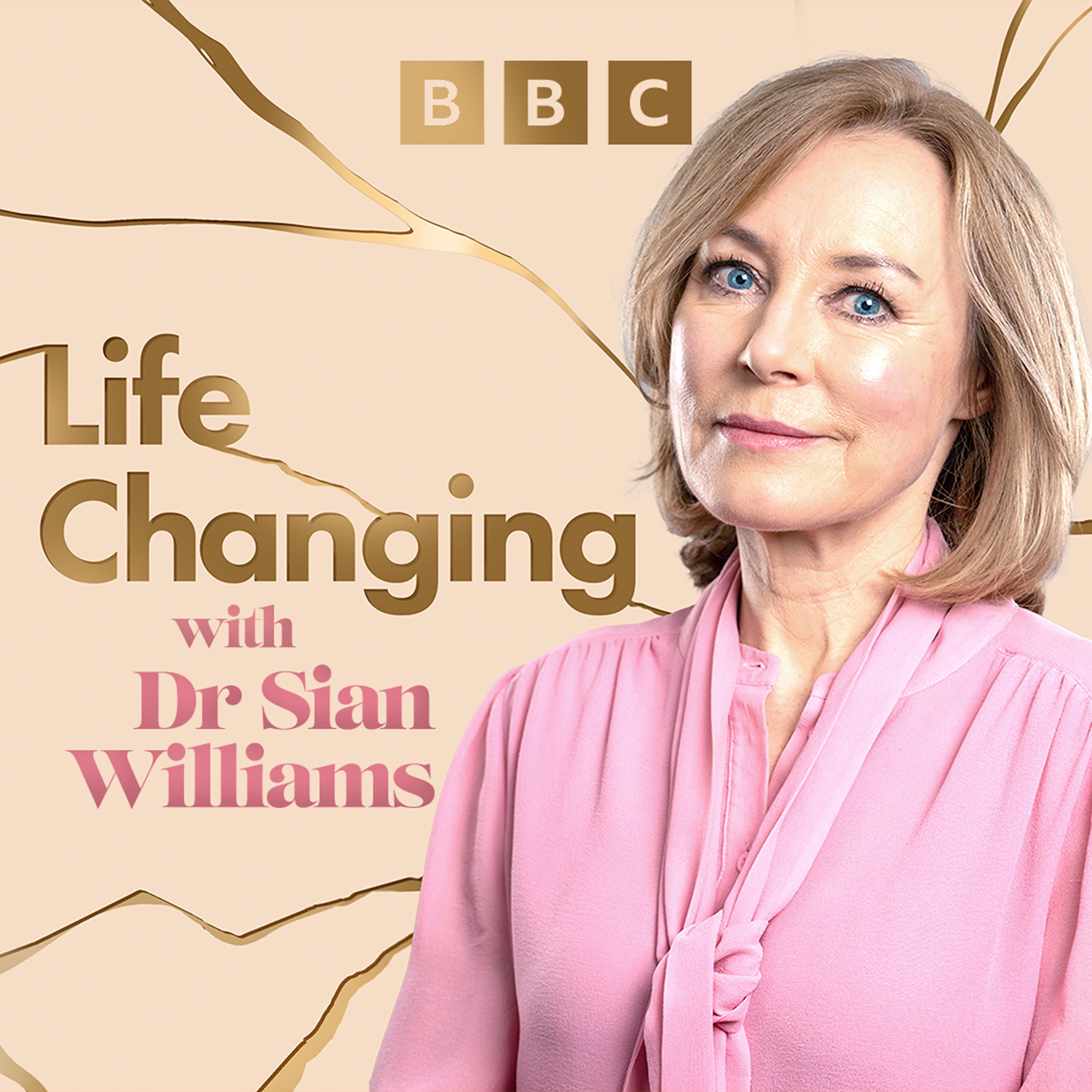
Life Changing
BBC Radio 4
Tech Life
BBC World Service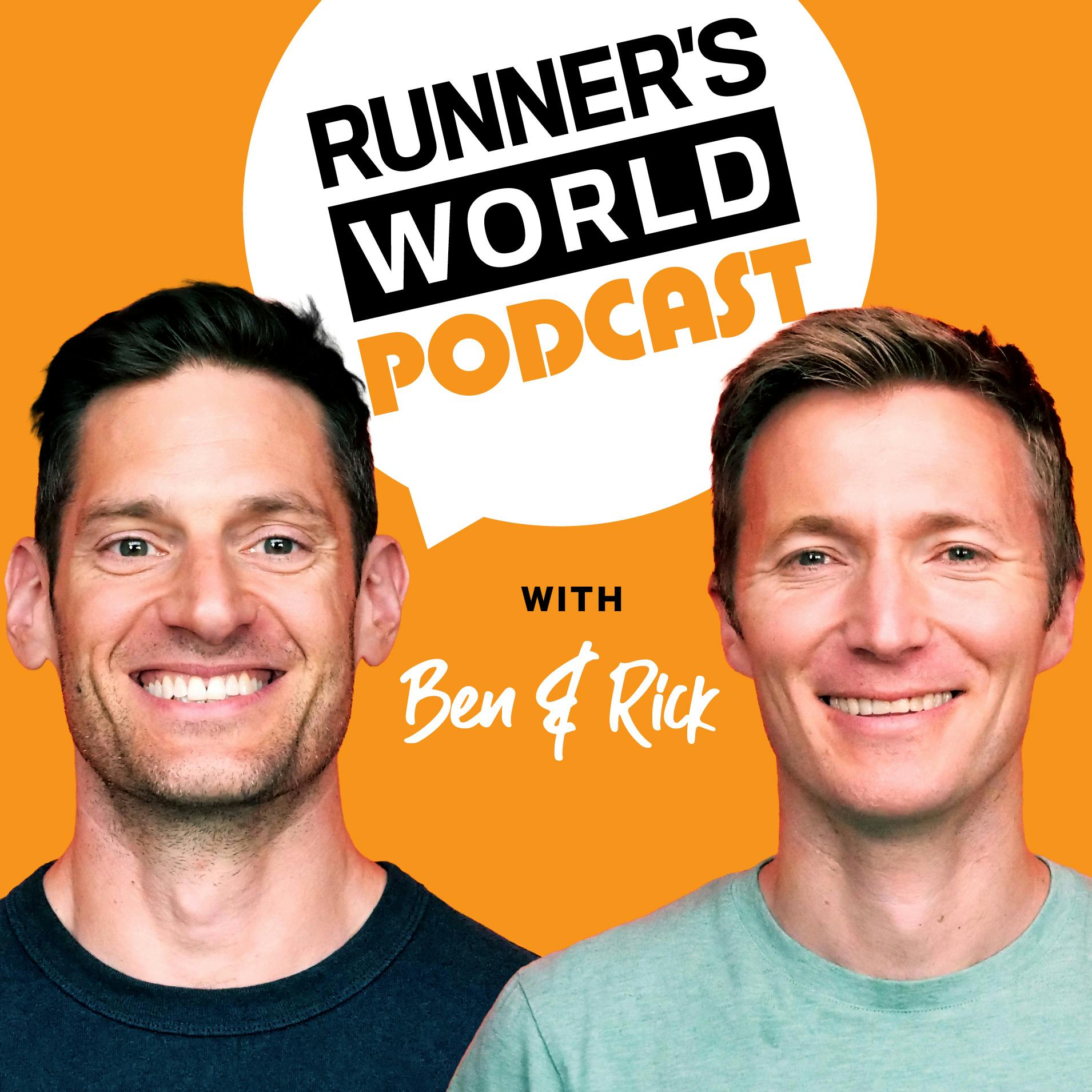
Runner's World Podcast
Runner's World UK
Buzzcast
Buzzsprout
Newscast
BBC News
Understand
BBC Radio 4
Cyber Hack
BBC World Service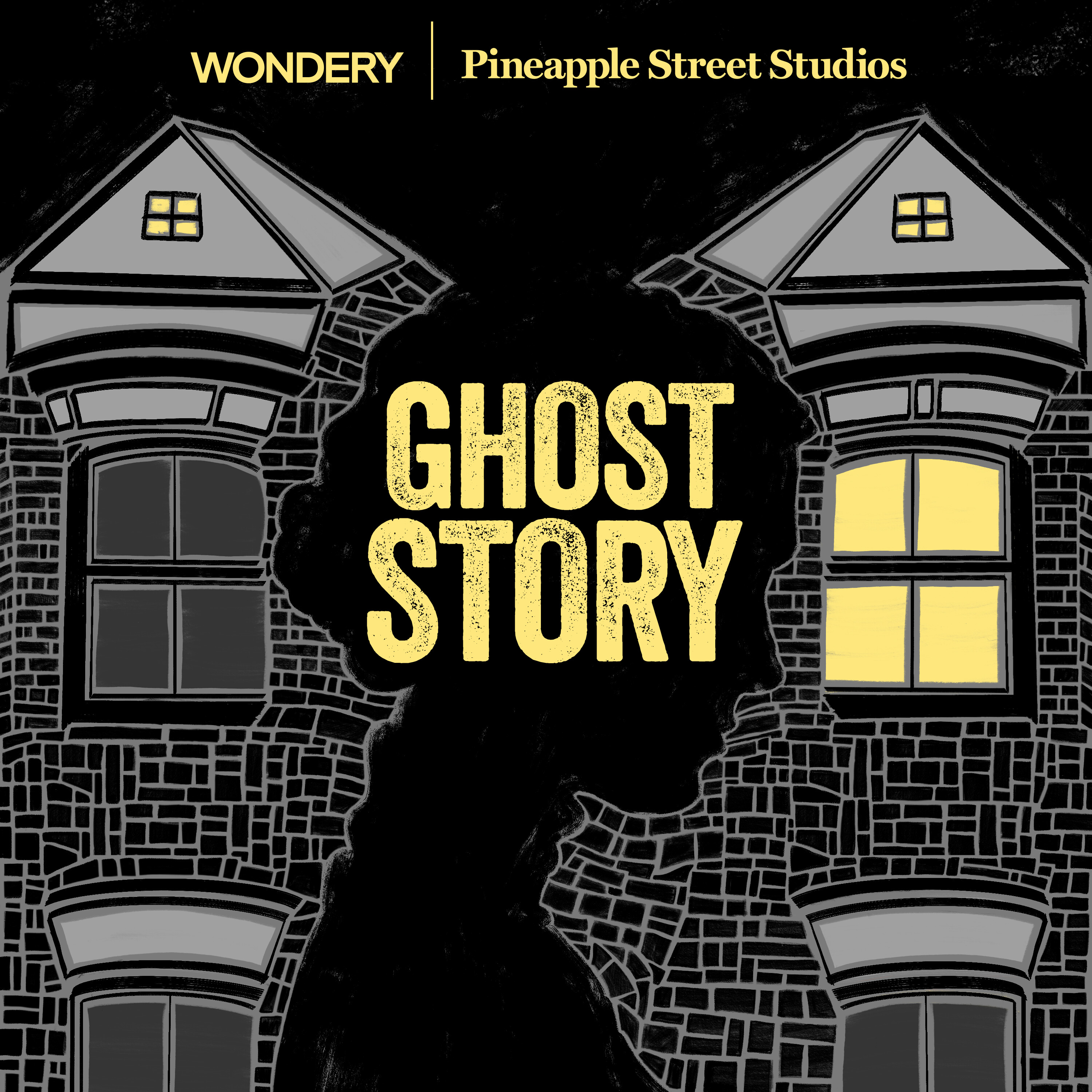
Ghost Story
Wondery | Pineapple Street StudiosDiz Runs Radio: Running, Life, & Everything In Between
Join Denny Krahe, AKA Diz, as he talks with a variety of runners about running, life, and everything in between.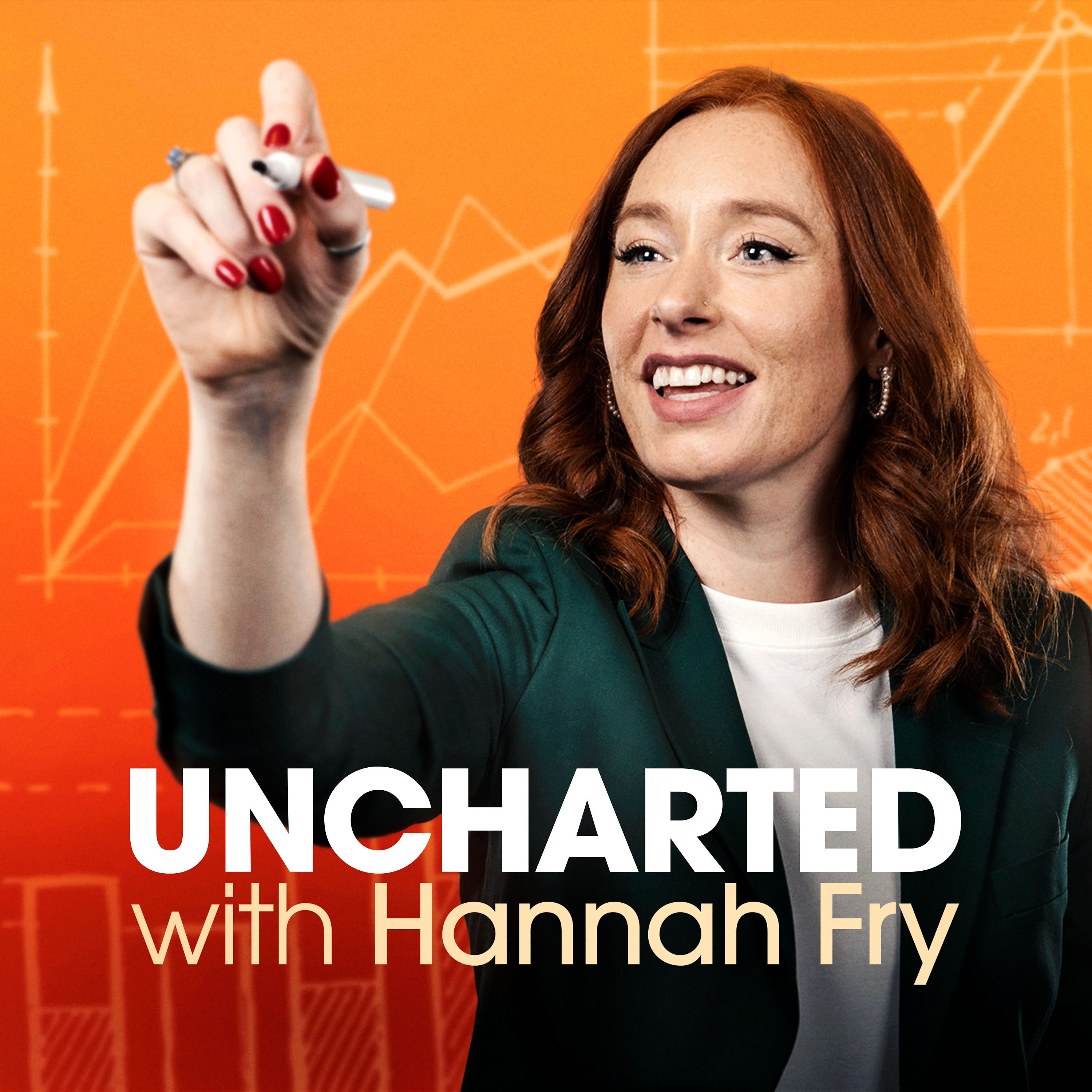
Uncharted with Hannah Fry
BBC Radio 4
The Global Story
BBC World Service
The Coming Storm
BBC Radio 4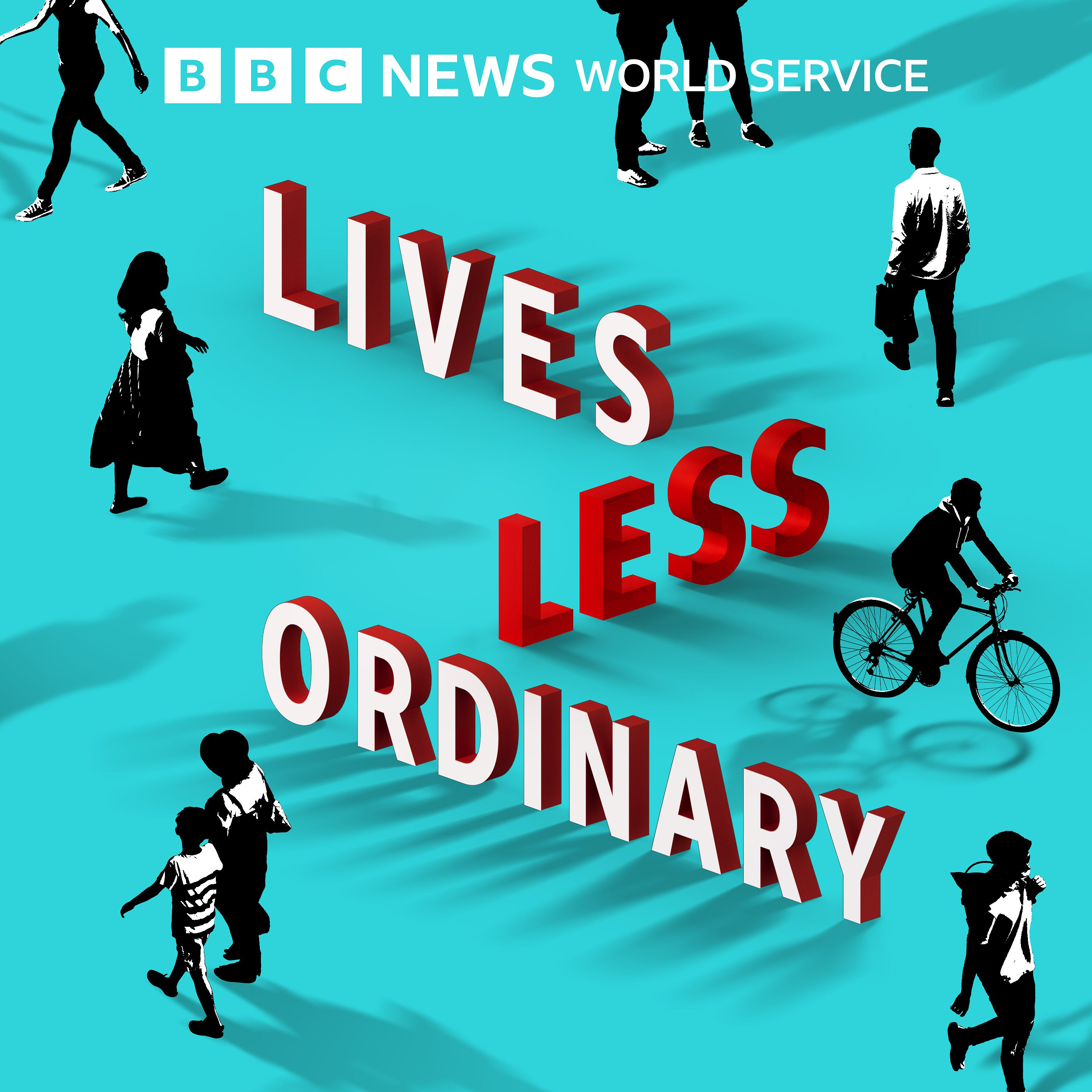
Lives Less Ordinary
BBC World Service
Do Epic Shit Today Podcast
Hannah Mulhern
The Rest Is History
Goalhanger
